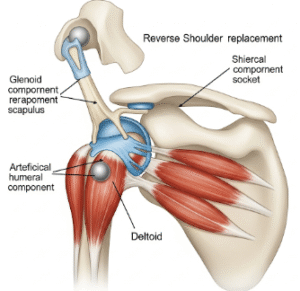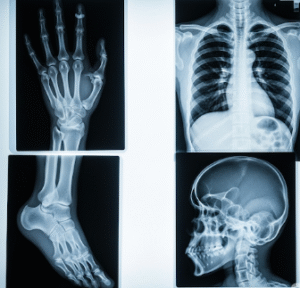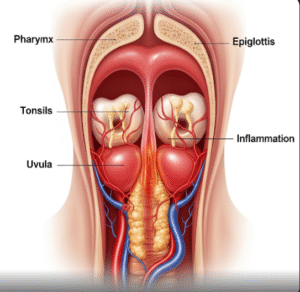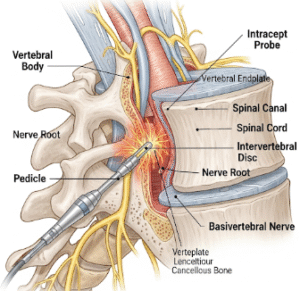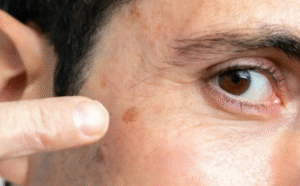Overview
Anasarca is a medical condition characterized by extreme, generalized swelling of the body due to fluid retention in the tissues. It is a sign of severe underlying systemic disease and requires urgent medical evaluation. Anasarca can be life-threatening if not properly treated, as it may indicate critical problems such as heart failure, kidney failure, or liver disease.
What is Anasarca?
Anasarca is widespread and severe edema (fluid accumulation) that affects the entire body, including the skin, organs, and cavities. Unlike localized swelling, anasarca causes noticeable puffiness and bloating in all areas and may lead to impaired organ function. It is not a disease itself but a symptom of serious underlying disorders.
Symptoms
- Generalized puffiness and swelling of the face, arms, legs, and abdomen
- Shiny, stretched skin
- Difficulty moving or walking due to swelling
- Shortness of breath (due to fluid in lungs or abdomen)
- Weight gain due to fluid accumulation
- Decreased urine output
- Fatigue and discomfort
Causes
Anasarca results from an imbalance in fluid regulation in the body. Common causes include:
- Heart failure – poor circulation causes fluid buildup
- Kidney failure (nephrotic syndrome) – protein loss causes fluid leakage into tissues
- Liver failure (cirrhosis) – reduced albumin production leads to fluid retention
- Severe malnutrition or protein deficiency
- Sepsis or severe infections
- Allergic reactions (e.g., anaphylaxis)
- Certain medications, like corticosteroids or chemotherapy drugs
Risk Factors
- Pre-existing heart, kidney, or liver disease
- Malnutrition or protein loss disorders
- Uncontrolled hypertension
- Use of certain medications that affect fluid balance
- Advanced age and chronic illness
- Autoimmune diseases or cancer
Complications
- Respiratory difficulty due to fluid in lungs or pressure from abdominal fluid
- Skin ulcers or infections from stretched, damaged skin
- Impaired organ function due to fluid overload
- Reduced mobility and muscle weakness
- Electrolyte imbalances and nutritional deficiencies
Prevention
Preventing anasarca depends on early detection and management of the underlying causes:
- Control chronic conditions like heart, kidney, and liver disease
- Ensure adequate protein intake
- Monitor and adjust medications that may cause fluid retention
- Seek prompt treatment for infections or allergic reactions
- Maintain regular medical checkups and manage fluid intake under medical guidance
Treatment Options in Korea
South Korea provides comprehensive and high-quality care for patients with anasarca, focusing on treating the underlying cause and managing symptoms.
Diagnostic Approach:
- Blood tests (kidney, liver function, albumin, electrolytes)
- Urinalysis (protein loss)
- Chest X-ray or echocardiogram (heart assessment)
- Abdominal ultrasound or CT scan
- Allergy testing, if needed
Medical Treatment:
- Diuretics (e.g., furosemide, spironolactone) to reduce fluid overload
- IV albumin therapy in cases of hypoalbuminemia
- Treatment of heart failure, kidney disease, or liver disease
- Nutritional support for malnourished patients
- Antibiotics or antifungals if infection is involved
Supportive Care:
- Compression garments or stockings to reduce swelling
- Low-sodium diet and fluid restriction under supervision
- Respiratory support if breathing is affected
- Monitoring by a multidisciplinary team including nephrologists, cardiologists, hepatologists, and nutritionists





